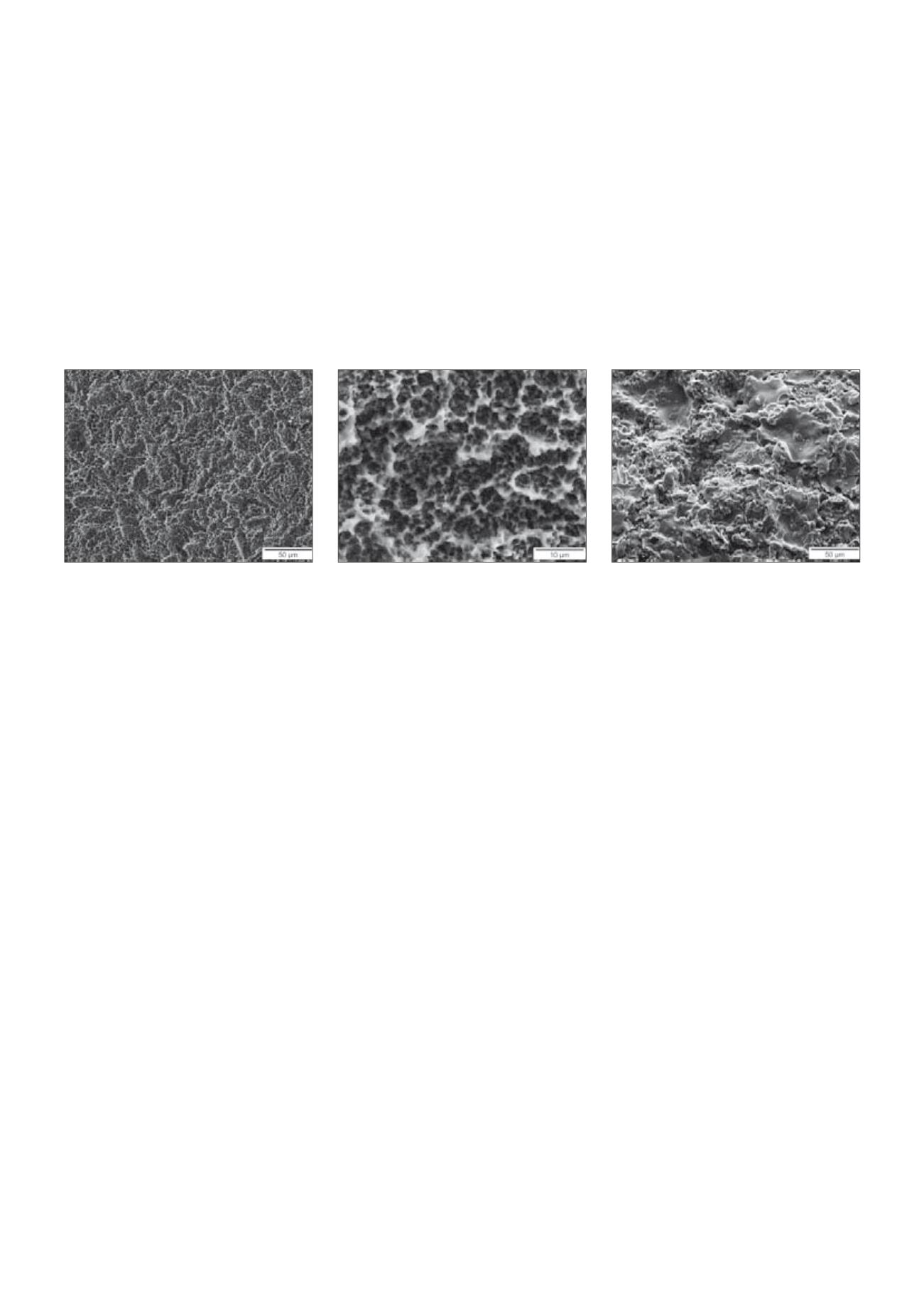

CAMLOG
®
Implant Position Planning
PROMOTE
®
SURFACE
TITANIUM PLASMA
COATING (TPS)
The SCREW-LINE, ROOT-LINE and SCREW-
CYLINDER-LINE implants are available with the
sandblasted, acid-etched Promote
®
surface. The
microstructured, rough surface for SCREW-LINE
implants with Promote
®
surface extends in the
endosseous area apically up to 1.4 mm below
the implant shoulder and for ROOT-LINE and
SCREW-CYLINDER-LINE implants with Promote
®
surface up to 2.0 mm below the implant shoulder.
For SCREW-LINE implants with Promote
®
plus
surface, the rough/smooth boundary is up to
0.4 mm below the implant shoulder. Promote
®
has proven itself as the surface for anchoring
CAMLOG
®
implants in the bone. Scientific stud-
ies show that implants with Promote
®
surface
rapidly and efficiently integrate into the bone
(Schwarz et al., 2008; Nelson et al., 2008; Sem-
per et al., 2008).
CYLINDER-LINE implants have a titanium plasma
coating in the endosseous area up to 2.0 mm be-
low the implant shoulder. The reliability of this
surface is very well documented by years of suc-
cessful use.
REFERENCES
Schwarz F., Herten M., Bieling K., Becker J.
Crestal bone changes at nonsubmerged implants (Camlog)
with different machined collar lengths:
a histomorphometric pilot study in dogs. Int J Oral
Maxillofac Implants 2008;23:335–342
Nelson K., Semper W., Hildebrand D., Özyuvaci H.
A retrospective analysis of sandblasted, acid-etched
implants with reduced healing times with an observation
period up to 5 years. Int J Oral Maxillofac Implants
2008;23:726–732
Semper W., Heberer S., Nelson K.
Early loading of root form and conical implants with a
sandblasted large-grit acid-etched surface: a 6-year clinical
follow-up. Implants 2008;2:14–19
Scanning electron micrograph of the
Promote
®
surface (1000x magnification)
Scanning electron micrograph of the
Promote
®
surface (5000x magnification)
Scanning electron micrograph of the titanium plasma
coated surface TPS (1000x magnification)
CAMLOG
SURFACE STRUCTURES


















